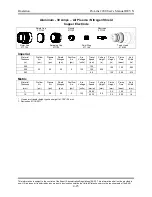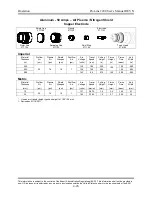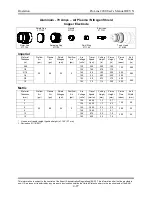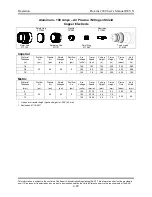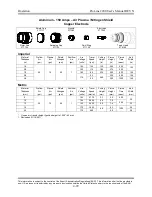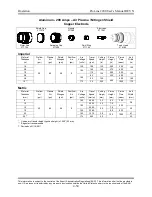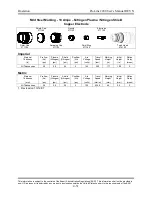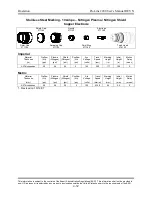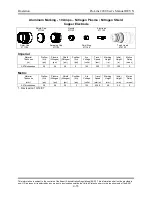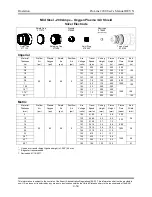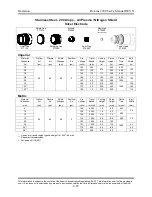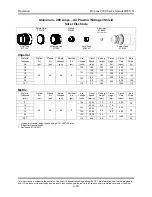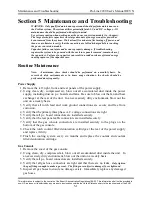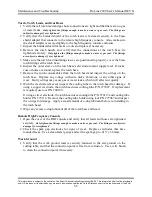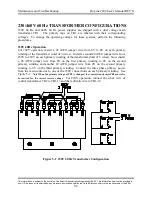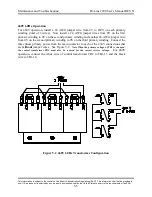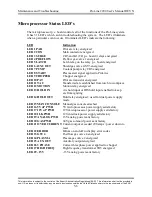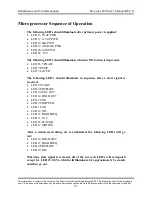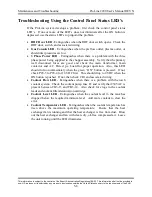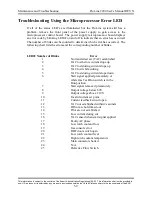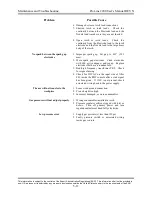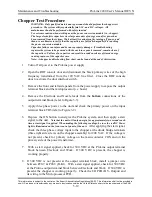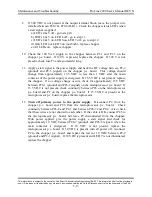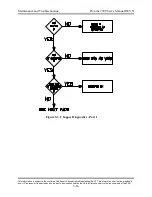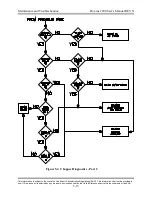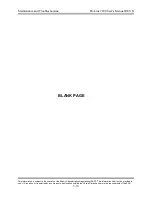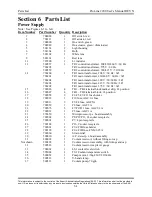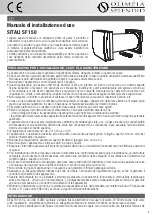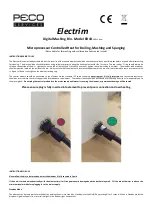
Maintenance and Troubleshooting
ProLine 2200 User’s Manual REV N
This information is subject to the controls of the Export Administration Regulations [EAR]. This information shall not be provided to
non-U.S. persons or transferred by any means to any location outside the United States contrary to the requirements of the EAR.
5-2
Torch, Torch Leads, and Gas Hoses
1. Verify that all torch lead and gas hose connections are tight and that there are no gas
or water leaks.
Only tighten the fittings enough to make a water or gas seal. The fittings are
subject to damage if over tightened
.
2. Verify that the braided shield of the torch leads is fastened securely to the brass
shield adapter that connects to the remote high frequency console. Also, make sure
the shield adapter is secured tightly to the high frequency console enclosure.
3. Inspect the braided shield for nicks or cuts and replace if necessary.
4. Remove the torch handle and verify that the connections at the torch base are
tightened securely.
Only tighten the fittings enough to make a water or gas seal. The fittings
are subject to damage if over tightened
.
5. Make sure the torch lead insulating sleeves are positioned to properly cover the brass
torch fittings at the torch base.
6. Inspect the outer sleeve on the torch base's electrode/coolant supply lead. If nicks,
cuts or holes are found, replace the torch base.
7. Remove the torch consumables from the torch head and inspect the o-rings on the
torch base. Replace any o-rings with cuts, nicks, abrasions, or any other signs of
wear. Faulty o-rings may cause gas or water leaks, which will affect cut quality.
8. With the electrode removed, inspect the cooling tube in the torch head for damage. If
using a copper electrode, the torch head uses cooling tube P/N 277007. If replacement
is required, use tool P/N 200109.
If using a silver electrode, the torch head uses cooling tube P/N 279117 and cooling tube
holder P/N 279116. Remove the cooling tube holder using tool P/N 277087 and inspect
the o-rings for damage. Apply a small amount of o-ring lubricant before re-installing in
the torch head.
9. Wipe any excess o-ring lubricant off of the torch base and head.
Remote High Frequency Console
1. Open the cover of the RHF console and verify that all leads and hoses are tightened
securely.
Only tighten the fittings enough to make a water or gas seal. The fittings are subject to
damage if over tightened
.
2. Check the spark gap electrodes for signs of wear. Replace electrodes that have
rounded faces. Use a clean feeler gauge and set the spark gap to .015” (.38 mm).
Work Ground
1. Verify that the work ground lead is securely fastened to the star ground on the
cutting table, and that the connection point is free from corrosion. Use a wire brush
to clean the connection point if necessary.


